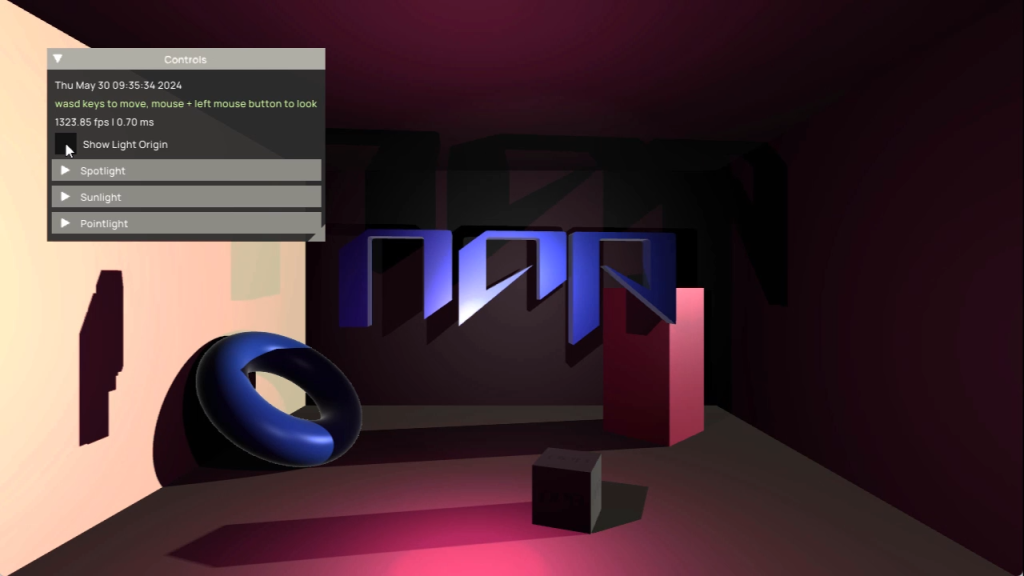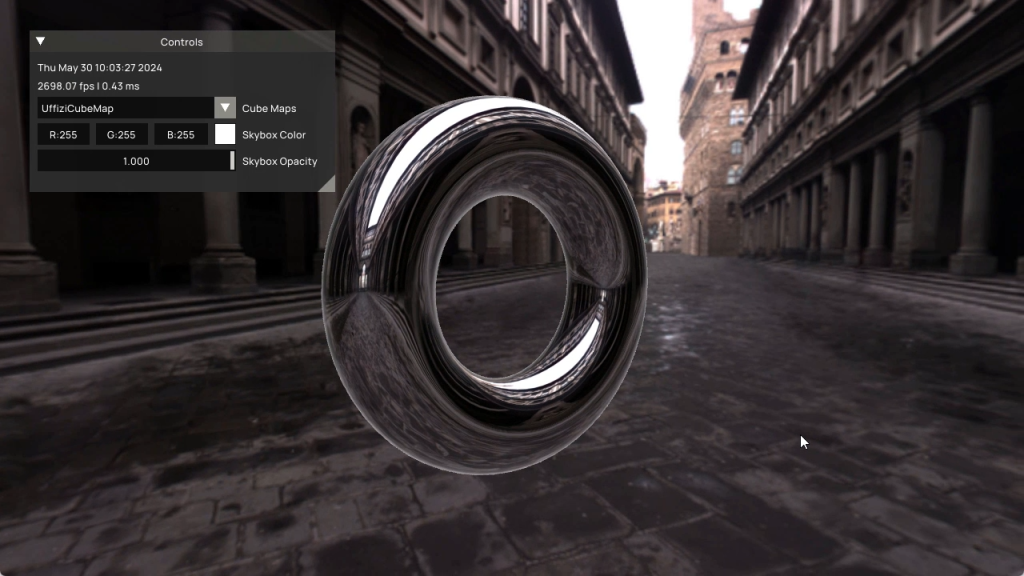NAP Framework, the free and open-source, lightweight, open-source framework for artists and designers now looks and runs better than before. And keeping it free, there’s now a non-profit NAP Labs organization – while the creators merge with partners Studio DRIFT.
Who says there you can’t find good news for open-source tools? Amsterdam’s NAP has long been a real gem – built by creative folks, tested on the job, and shared with like-minded engineers and artists. NAP is a modern, C++-based framework for real-time control and visualization. It runs on everything from Raspberry Pi up to high-end machines, and unlike some of its older competitors, it’s also up to date with all the new hotness. Think Vulkan 2D/3D rendering and compute modules – more up-to-date than a lot of the ancient OpenGL stuff you typically see – and multi-channel audio, recording and analysis, a sequencer, an editor, FFmpeg-powered video, WebSocket, MIDI, OSC, Artnet, serial, EtherCAT, OpenCV, SQLite…
Not to rattle off tech stuff, but those are all holes in many competing environments. The only bad news is, NAP is limited to Windows and Linux – but it runs on ARM Linux (and RasPi) as well as x86. There’s a web interface to interact with whatever you make – perfect for tweaking installations or video walls or whatnot – and hopefully, that mention of C++ didn’t frighten you off because you can code happily in Python.
NAP 0.7 hit today with more advanced rendering (lights and shadows and cube maps and masks!), integrated OpenSSL and secure WebSockets (nice for that web UI), and more.

- naprenderadvanced module for advanced rendering – “lights, shadows, cube maps, various new shaders, and several rendering-related utilities.”
- Render Layers and Tags for grouping more complex components of renders (in sequence).
- New demos including skybox and others showing those new features.
- New shaders and goodies.
- Improved Napkin editor making it easy to navigate, inspect and map shaders, and perform various tasks.
- Open SSL and secure WebSockets. (alongside the insecure implementation)
- MIDI hardware port support with RtMidi (compiler setting) and other audio and MIDI tweaks.

Dropping macOS support is a big deal. Perhaps that’s an indication that for all of the good things that have come out of Apple Silicon, macOS has strayed further from cross-platform library support. It’s certainly hard to say that the Mac is particularly friendly to open-source development at the moment, as Apple has invested more heavily in proprietary frameworks. And no, it’s not fair to say that it’s “always” been that way – the early years of Mac OS X strongly emphasized cross-platform compatibility. What changed, apart from some significant management shifts, is obviously the iPhone. Then again, I’m not so optimistic about where Windows is headed at the moment, so to me it’s NAP’s commitment to standards and to Linux that is really exciting. I’m curious how developers feel, though, particularly those trying to support Mac-Windows-Linux with this kind of tool.
Anyway, the main news here is – this is another superb tool in the visual arsenal. It’s a great time for developers, from free and open source options like NAP and a lot of the web-based stuff to excellent community-support commercial tools like TouchDesigner, Notch, and Unreal. I look forward to seeing what you make with them. We have to use those tools for good whererever we can.